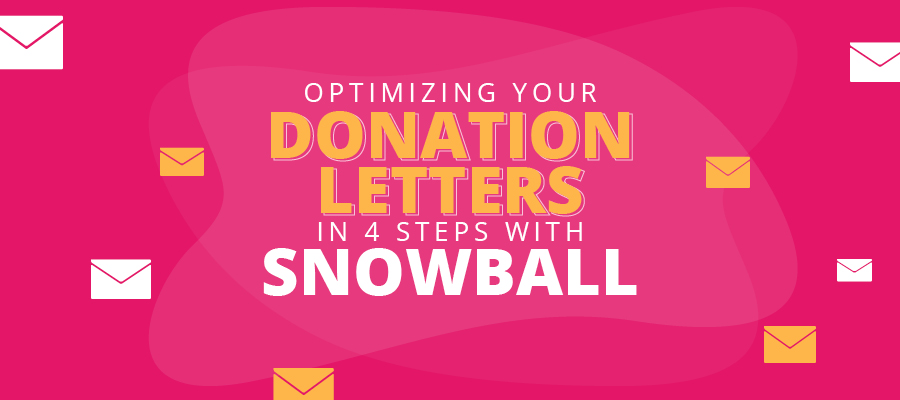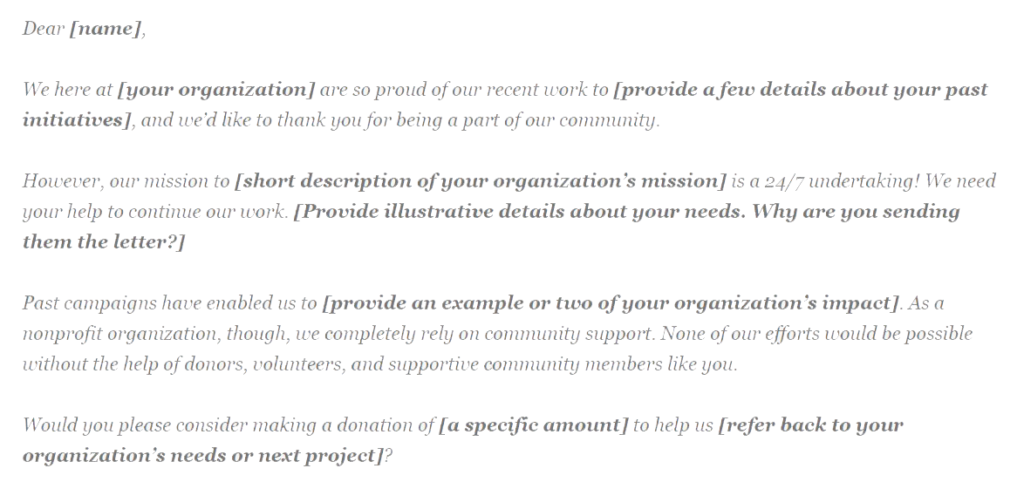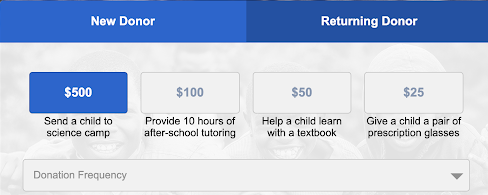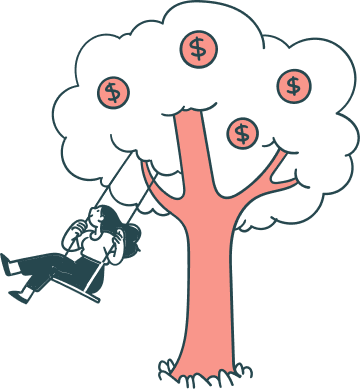The annual appeal donation letter is a tried-and-true tool for nonprofits of every size. In fact, it should be a major tent-pole of any year-end fundraising campaign. Why? It’s a proven, simple, and effective way to drive donations.
And if you do a few things right, you’ll raise a ton of support for your mission. Let’s walk through the four major stages involved in writing optimized donation letters:
-
- Drafting your donation letters.
- Creating a campaign page.
- Adapting your donation letters.
- Adding your personal touch.
Ready to learn more about writing and sending effective donation letters? Let’s dive in.
1. Draft your main donation letter.
Here’s the main thing to keep in mind: Make sure your donors understand how their support impacts your mission. Be sure to stress the urgency and importance of the work that’s still to come—made possible by their generous support. Placing supporters at the center of your organization’s story, with lots (and lots) of thanks and recognition, makes them feel personally connected to your mission. And that’s what compels them to give more.
You might also want to show just how much your organization does through short testimonials or impact stories from previous constituents. Include some real-life details that will make your supporters think, smile, or even shed a tear.
Snowball Tip: Use Our Free Templates ✔
[boc_spacing height=”1px”]Feeling daunted? Plug the key information about your organization into one of our free donation letter templates. This is a strong foundation to build on and create a compelling and unique appeal.[boc_spacing height=”20px”]
[boc_spacing height=”20px”]Once you’ve got the basics, you can flesh it out with personal details that tell your organization’s story and make an impression on supporters.
2. Create a campaign page with a unique Text-to-Give trigger word.
You want to make it as easy as possible to donate, so set up an online Snowball Campaign Page and Text-to-Give trigger word that tie into your end-of-year appeal. Then include your organization’s Text-to-Give number and keyword throughout your donation letter. It’s not just easier for your supporters to give this way, it’s also more effective. Campaigns that leveraged a digital component alongside their direct mail strategies have shown a 118% lift in response rate, compared to only using direct mail.
Snowball Tip: Add Donation Descriptions ✔
[boc_spacing height=”1px”]To drive higher engagement and more donations through your online Snowball page, be sure to spell out how different dollar amounts meet specific needs for your mission. (For example: A $10 donation might buy a child notebooks for the school year, while a $500 gift might send a child to camp.) Add donation descriptions to your Snowball fundraiser by clicking the “Edit Page” button on your Campaign Page dashboard. Scroll down to the Amount Settings area. Set your suggested donation sizes in the “Amount” field on the left; describe the need it fulfills in the field to its right.[boc_spacing height=”20px”]
3. Adapt your donation letters to a few different audiences.
Now that you’ve got your basic letter drafted, you’ll want to make a few versions that speak to distinct types of supporters. It makes sense to address top supporters (people who’ve given $500 or more, for example) with more familiarity and gratitude than someone who’s never donated before. Alternatively, you might speak to those who’ve only shown up for events in a different way than individuals who give monthly recurring donations.
These aren’t total rewrites. Just swap out a few sentences here and there from your main draft—for example, your intro and closing sentences, and the specific “asks” (donation requests) that you make.
Snowball Tip: Filter and Sort Your Supporters ✔
[boc_spacing height=”1px”]Use the “Filter By” and “Sort By” features in your Supporter Management dashboard to identify segments of supporters to adapt your donation letter to. For example, you can organize your donors and seek out individuals by recurring gifts, number of donations, or amounts given.[boc_spacing height=”20px”]
[boc_spacing height=”20px”]You can also click the “Export” button at the bottom of the Supporter Management page to have a .csv spreadsheet of your supporter data automatically sent to your organization’s email address. You can sort the spreadsheet from there.
4. Add a final personal touch.
Once you print out your donation letters, take the time to add a hand-written note on at the top of your letterhead or on a separate note card that you’ll tuck into the envelope with the letter. The note should refer to the individual supporter by name and include a personal detail or two.
(Do you have tons of supporters? Lucky you! Ask your staff to make lists of supporters that they’ve engaged with the most, and have them write those notes.)
Then, hand-write their address on the envelope—that makes these letters much more likely to be opened and read.
You might want to consider emailing digital versions of your letters to supporters, as well. The more touchpoints, the better! Just be sure to include a personal note and a link to your Snowball Campaign page at the top of the email.
These four simple steps are all but guaranteed to drive results in your Giving Season fundraising campaign. We’ve seen countless top fundraisers use it year after year with resounding success—and now you can too. Good luck!







